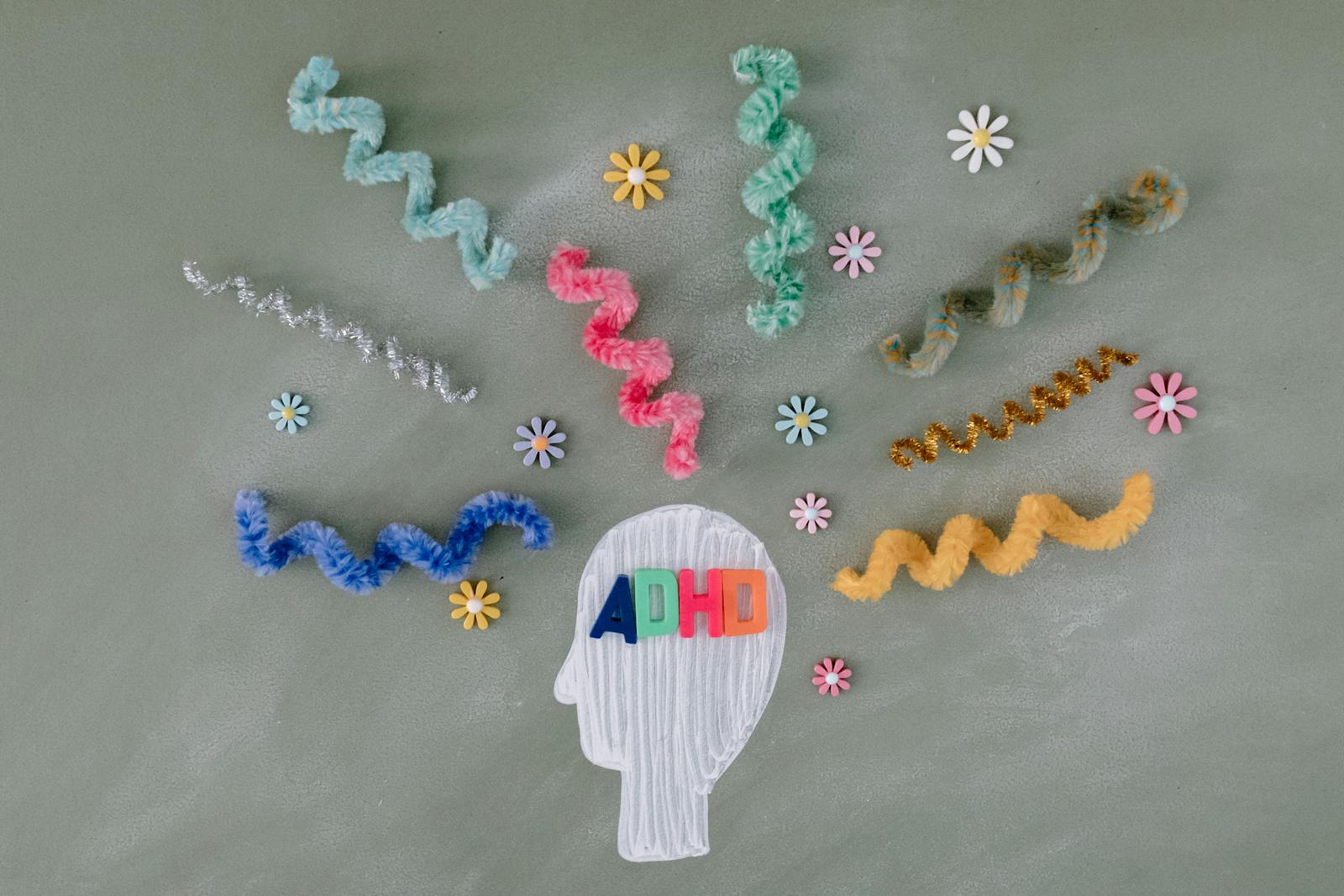Children who present both giftedness and symptoms of ADHD can often create confusion due to the overlap of certain characteristics. Giftedness is usually accompanied by intense intellectual curiosity, which in some cases can be mistakenly interpreted as distraction or hyperactivity. Gifted children often seek more stimulation and challenges than they receive in a conventional classroom, leading to behavior that may be wrongly identified as indicative of ADHD.
On the other hand, ADHD symptoms include difficulties with concentration and impulse control, which can lead to behaviors similar to those seen in gifted children who are not adequately stimulated. The key difference lies in the fact that while gifted children can focus deeply on topics that interest them, children with ADHD typically struggle to maintain attention even when the activity is engaging.
Dual diagnosis, when a child has both giftedness and ADHD, can be challenging to identify because the symptoms of one condition may mask or intensify the symptoms of the other. In such cases, it is essential to consider all aspects of the child’s behavior and needs to avoid misdiagnosis. A gifted child who is not provided with sufficient intellectual stimulation may appear disorganized or disruptive, but if they also show persistent issues with task organization and impulse control across various settings, a dual diagnosis is likely.
Misdiagnosis is common when all the factors influencing the child’s behavior are not considered. For instance, a gifted child may be perceived as defiant in the classroom, but this behavior could be a response to a lack of intellectual challenges. However, if the child also exhibits difficulties in family or social environments, a dual diagnosis should be taken into account.
Understanding the differences between giftedness and ADHD, as well as identifying cases of dual diagnosis or misdiagnosis, is crucial for providing the right support. By addressing both aspects accurately, more effective interventions can be developed to meet the child’s intellectual potential and emotional and behavioral needs.


